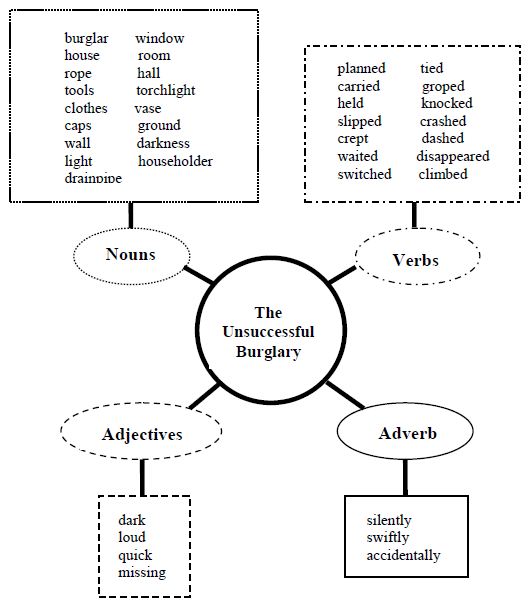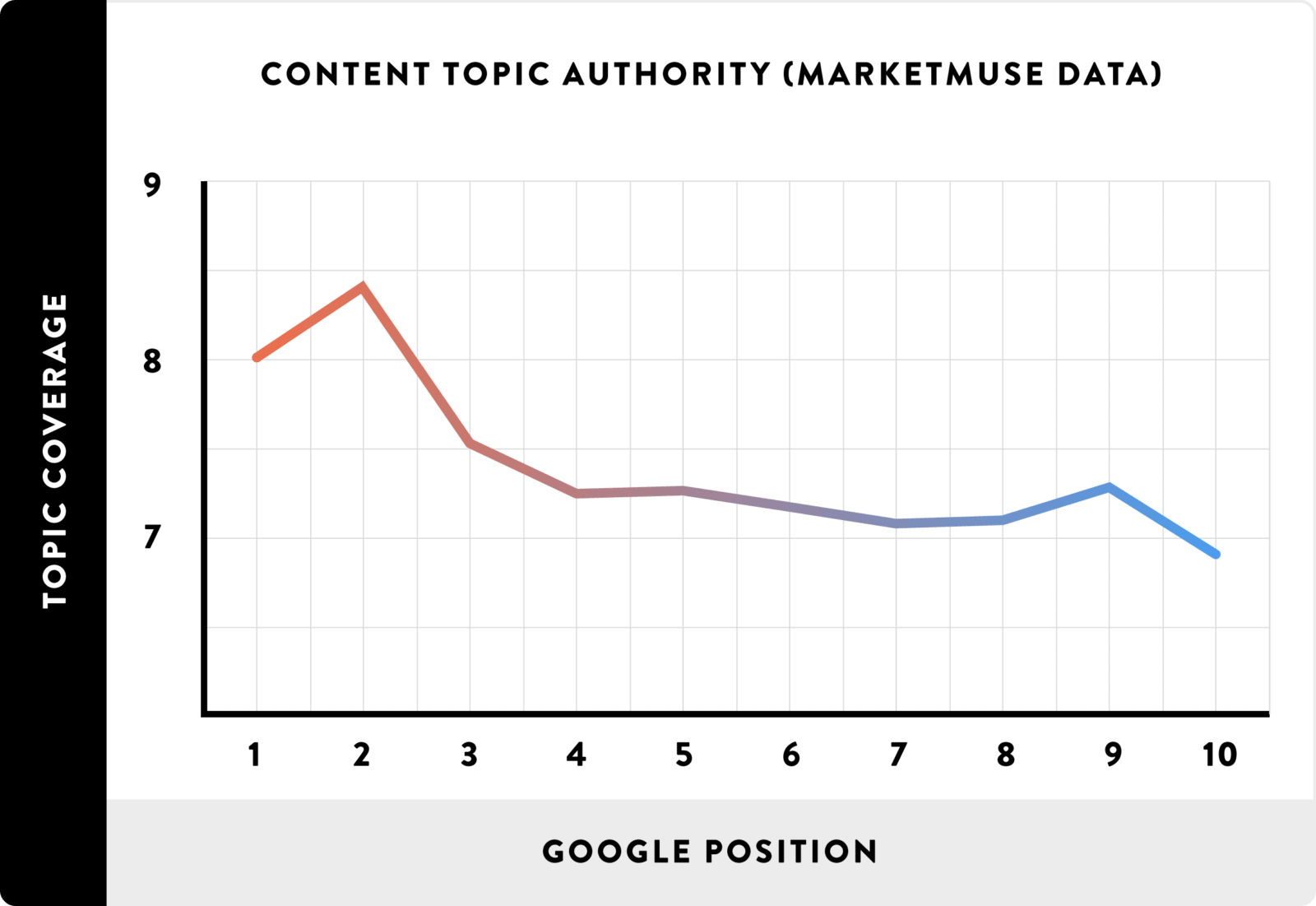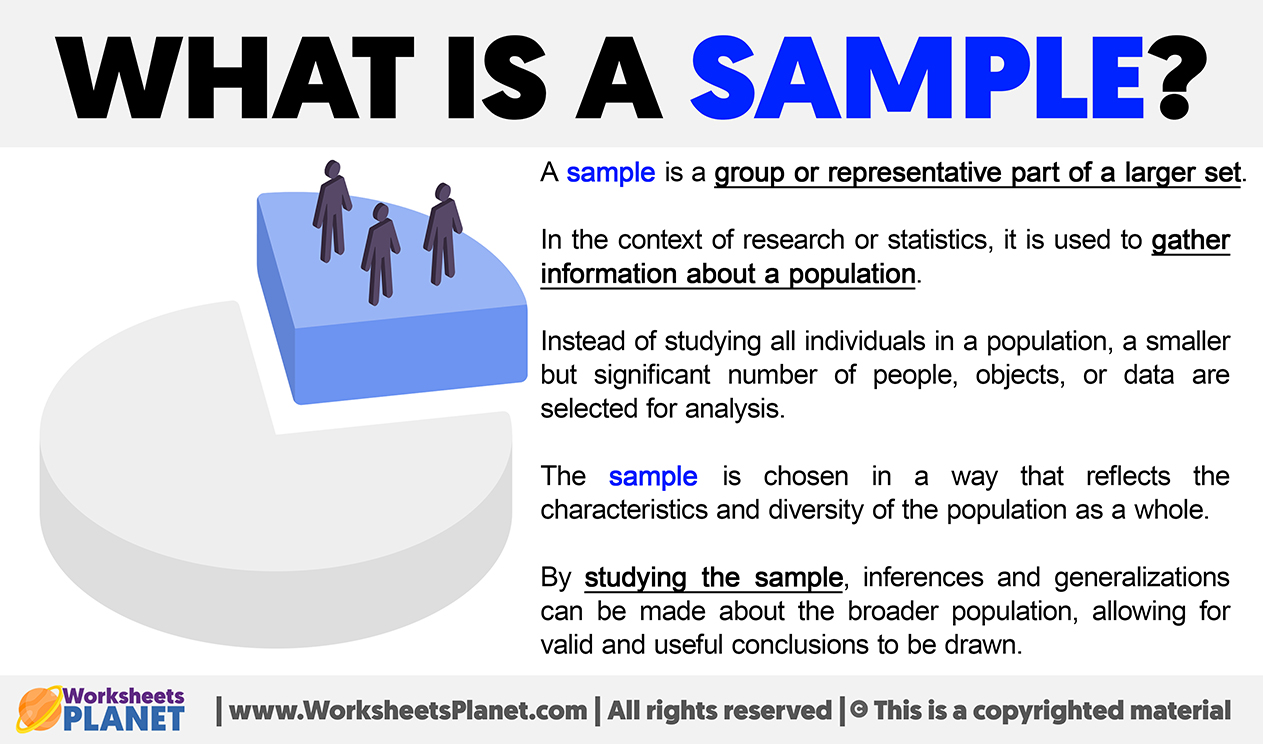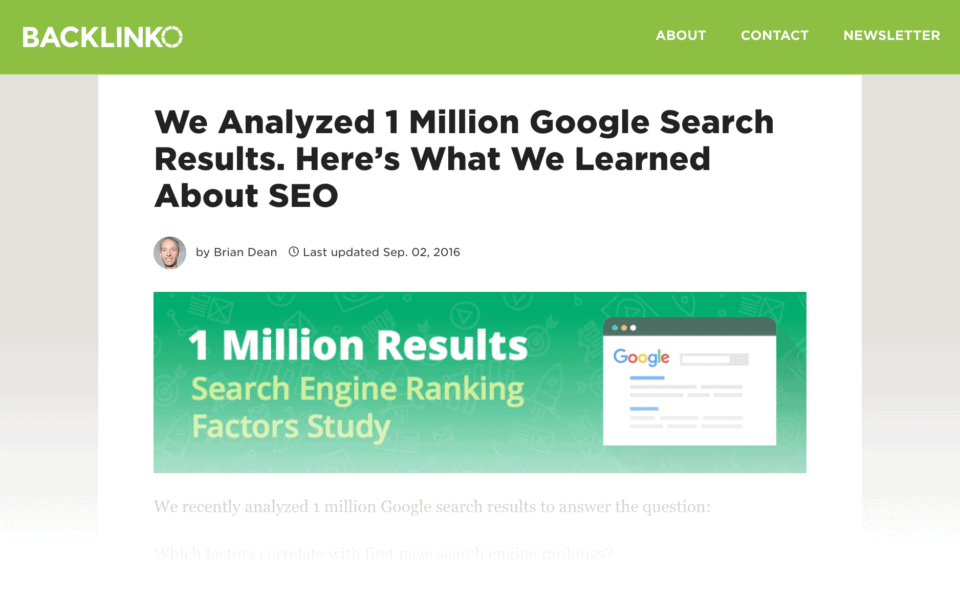
Introduction
In the ever-evolving world of SEO, understanding how search engines interpret content is more critical than ever. Traditional keyword targeting—relying on exact matches and high-frequency terms—is no longer sufficient. Search engines like Google now prioritize semantic understanding, focusing on the context and intent behind user queries. This shift has given rise to a powerful strategy known as Semantic Keyword Mapping.
Semantic Keyword Mapping is a technique that organizes keywords not just by their literal form but by their meaning, relationships, and contextual relevance. It’s a method that helps marketers and content creators build comprehensive, authoritative content that aligns with how users actually search and interact with information online.
This article will explore what Semantic Keyword Mapping is, why it matters in modern SEO, and how you can implement it effectively to boost your website’s visibility, engagement, and long-term authority.
What Is Semantic Keyword Mapping and Why It Matters
Semantic Keyword Mapping is the process of grouping related keywords based on their conceptual relationships and contextual meaning rather than just their literal similarity. Unlike traditional keyword research, which focuses on exact match terms or variations, semantic mapping considers the broader topic landscape and how different phrases connect to one another.
For example, if your primary keyword is “digital marketing,” semantic mapping would include related terms such as “SEO strategies,” “content marketing trends,” “social media advertising,” and “email marketing automation.” These are all semantically linked because they fall under the broader umbrella of digital marketing.
The Shift from Lexical to Semantic Search
Search engines have evolved significantly over the years. In the past, algorithms relied heavily on lexical matching—finding pages that contained the exact same words as the user’s query. However, today, engines like Google use Natural Language Processing (NLP) and machine learning models (like BERT and Gemini) to understand the intent behind searches and the context in which words are used.
This means that simply stuffing content with exact match keywords is no longer effective. Instead, content must be contextually rich and intentionally aligned with user needs. Semantic Keyword Mapping helps achieve this by ensuring that your content covers the full spectrum of related topics and subtopics.
Why It Matters for SEO
- Improved Relevance: By mapping keywords based on meaning, you ensure that your content is more relevant to user intent.
- Better Ranking Potential: Search engines favor content that provides comprehensive answers, leading to higher rankings.
- Long-Term Authority: Semantic mapping helps build topical depth, making your site a go-to resource for users and search engines alike.
- Avoiding Keyword Stuffing: It reduces the need for repetitive keyword usage, leading to better readability and user experience.
How Semantic Keyword Mapping Impacts SEO Performance
Semantic Keyword Mapping directly influences several key SEO metrics:
1. Traffic Growth
By covering a wide range of semantically related terms, your content becomes more discoverable. Users searching for variations of your primary keyword are more likely to find your content, increasing organic traffic.
2. Engagement and Dwell Time
Content that addresses multiple facets of a topic tends to keep users engaged for longer. Higher dwell time signals to search engines that your content is valuable, which can improve rankings.
3. Conversion Rates
When content is well-structured and addresses user intent, it’s more likely to convert visitors into leads or customers. For example, a blog post about “how to choose the best CRM software” can guide users through the decision-making process, increasing the likelihood of conversion.
4. E-E-A-T (Experience, Expertise, Authoritativeness, Trustworthiness)
Semantic mapping supports E-E-A-T by helping you create content that demonstrates deep knowledge of a subject. This builds trust with both users and search engines.
5. Voice Search Optimization
With the rise of voice assistants like Siri and Alexa, users often ask questions in natural language. Semantic mapping ensures your content is optimized for these conversational queries, improving visibility in voice search results.
Step-by-Step Implementation Framework
Implementing Semantic Keyword Mapping requires a structured approach. Here’s a step-by-step guide to help you get started:
1. Define or Audit the Current Situation
Start by identifying your core keywords and analyzing your current content. Use tools like Ahrefs, SEMrush, or Google Search Console to gather data on your existing keyword performance and content gaps.
2. Apply Tools, Methods, or Tactics
Use semantic clustering tools like thruuu, SurferSEO, or AnswerThePublic to group related keywords by meaning. Focus on creating topic clusters that cover all aspects of your primary keyword.
- Example: If your main keyword is “digital marketing,” create clusters around subtopics like “SEO,” “content marketing,” “social media,” and “email marketing.”
3. Measure, Analyze, and Optimize
Once your clusters are built, analyze their performance using tools like Google Analytics and Search Console. Track metrics like impressions, clicks, and bounce rate to see how well your content is performing.
- Optimization Tips:
- Ensure each cluster has a dedicated pillar page.
- Use LSI (Latent Semantic Indexing) keywords naturally throughout the content.
- Update old content to align with new semantic clusters.
Real or Hypothetical Case Study
Let’s look at a hypothetical case study to illustrate the power of Semantic Keyword Mapping.
Scenario: A Blog About Fitness
A fitness blog originally targeted the keyword “workout routines” and created individual posts for “beginner workouts,” “intermediate workouts,” and “advanced workouts.” However, traffic was low, and engagement was poor.
After implementing Semantic Keyword Mapping, the blog reorganized its content into clusters like:
– Home Workouts
– Gym Workouts
– HIIT Training
– Strength Training
Each cluster included related keywords like “bodyweight exercises,” “cardio routines,” and “muscle-building tips.” The blog also added FAQ sections and video tutorials to address user intent more comprehensively.
Results:
- Traffic increased by 40% within three months.
- Dwell time improved by 25%.
- Bounce rate dropped by 18%.
- Conversion rates increased due to better alignment with user intent.
Tools and Techniques for Semantic Keyword Mapping
Several tools can help streamline the process of semantic keyword mapping:
- thruuu: A free semantic clustering tool that groups keywords based on meaning and context.
- SurferSEO: Offers semantic scoring and keyword clustering features to optimize content.
- AnswerThePublic: Visualizes common questions and related terms for a given keyword.
- SEMrush: Provides keyword clustering and content optimization suggestions.
- Google Trends: Helps identify seasonal trends and related search terms.
- Keyword Surfer: A browser extension that shows semantic keyword suggestions.
Future Trends and AI Implications
As AI continues to evolve, semantic keyword mapping will become even more important. With advancements in search generative experience (SGE) and multimodal search, content must be optimized not just for text-based queries but also for voice, image, and video searches.
Future trends to watch:
– AI-Powered Content Creation: Tools like Jasper and Copy.ai will help generate semantically rich content.
– Entity-Based Optimization: Focusing on entities (people, places, products) will become increasingly important.
– Multimodal SEO: Optimizing content for images, videos, and voice search will be essential.
To stay ahead, focus on building comprehensive, context-rich content that aligns with user intent and leverages AI-driven insights.
Key Takeaways
- Semantic Keyword Mapping organizes keywords by meaning and context, not just literal match.
- It improves relevance, engagement, and long-term authority.
- It helps avoid keyword stuffing and supports E-E-A-T.
- Tools like thruuu and SurferSEO can streamline the process.
- Future SEO will rely heavily on AI, SGE, and multimodal search.
Meta Title: Semantic Keyword Mapping — Organizes keywords by meaning and context rather than simple match types
Meta Description: Learn how Semantic Keyword Mapping improves SEO by organizing keywords based on meaning, context, and user intent. Boost traffic, engagement, and long-term authority.
SEO Tags (5): semantic keyword mapping, SEO strategy, content optimization, user intent, semantic SEO
Internal Link Suggestions: Parameter #1: Search Intent Alignment, Parameter #2: Topical Depth & Relevance, Parameter #5: Content Clustering
External Source Suggestions: https://www.google.com/search, https://www.surferseo.com/, https://www.answerthepublic.com/









